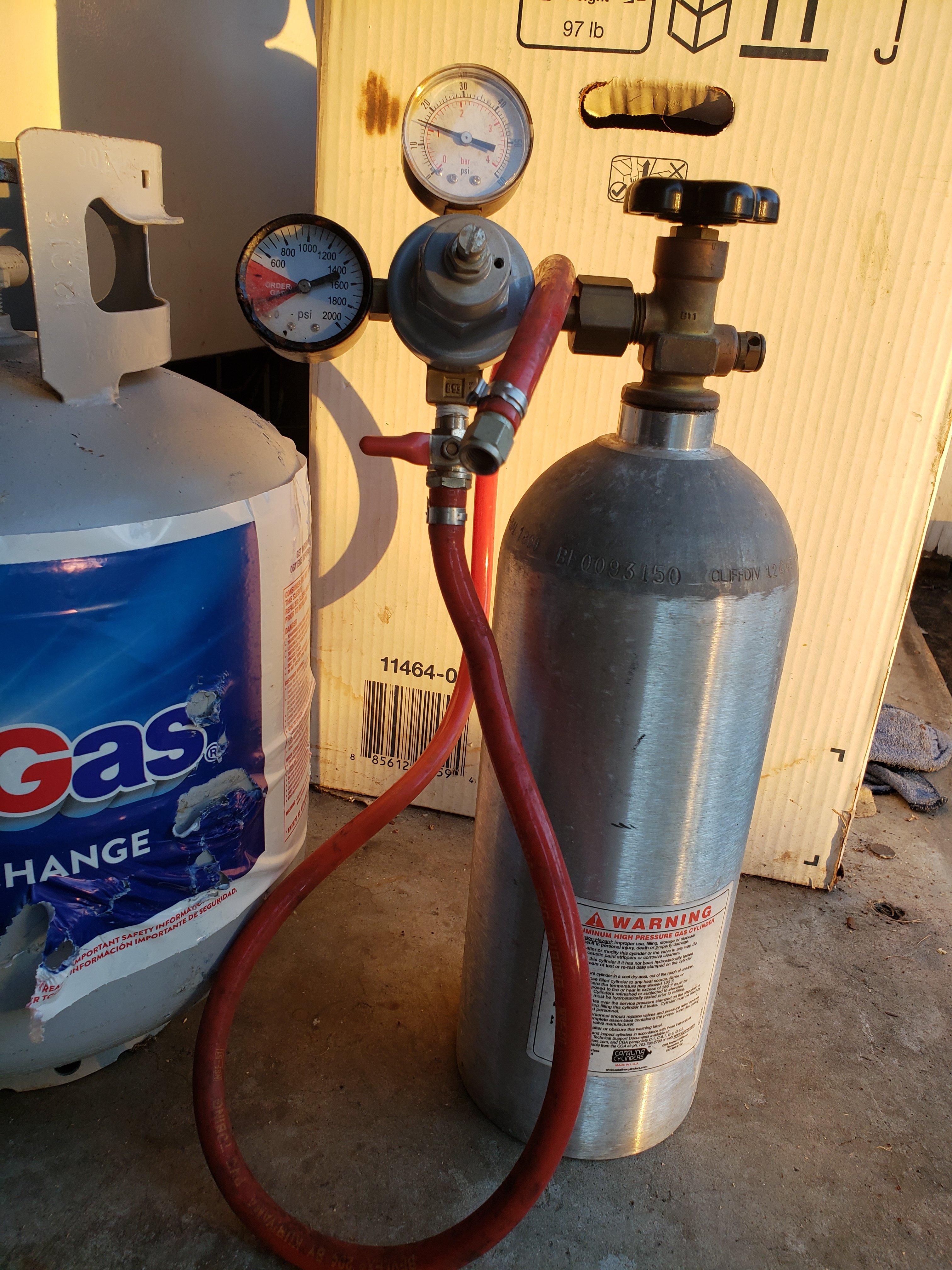Corn Cracker
Member
I've been reading for 2 weeks about bottling while my wort was ferminting, i have successfully fermented my first beer, an ingredients kit for a bock, (my lhbs puts the kits together) in a 5g glass carboy. Today is 2 full weeks and the sg has not changed in 3 days, it started at 1.058 and finished at 1.012.
My concern before i transfer into the bottling bucket and bottles is the cloudiness of it.
From what I've read it will all settle to the bottom of the bottles so you only pour 10oz into the glass you'll be drinking from as to leave the sediment in the bottle?
If i were to leave it in the carboy, this would settle and be left in with the yeast when i siphon and transfer but the yeast might cause off flavors,
if i transfer to the bottling bucket to let it settle, i take a chance on oxidation.
I'm leaning towards letting it clear, condition? In the bottles to protect the final taste.
I will be using 5oz of priming sugar, dissolved in a pint or so of the brew.
I have 2 corneys and a co2 tank that were all given to me i will use on my next batch but i think i should replace seals and such before using.
My concern before i transfer into the bottling bucket and bottles is the cloudiness of it.
From what I've read it will all settle to the bottom of the bottles so you only pour 10oz into the glass you'll be drinking from as to leave the sediment in the bottle?
If i were to leave it in the carboy, this would settle and be left in with the yeast when i siphon and transfer but the yeast might cause off flavors,
if i transfer to the bottling bucket to let it settle, i take a chance on oxidation.
I'm leaning towards letting it clear, condition? In the bottles to protect the final taste.
I will be using 5oz of priming sugar, dissolved in a pint or so of the brew.
I have 2 corneys and a co2 tank that were all given to me i will use on my next batch but i think i should replace seals and such before using.





![Craft A Brew - Safale BE-256 Yeast - Fermentis - Belgian Ale Dry Yeast - For Belgian & Strong Ales - Ingredients for Home Brewing - Beer Making Supplies - [3 Pack]](https://m.media-amazon.com/images/I/51bcKEwQmWL._SL500_.jpg)






















































